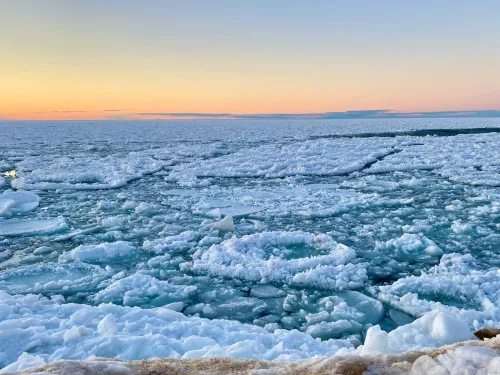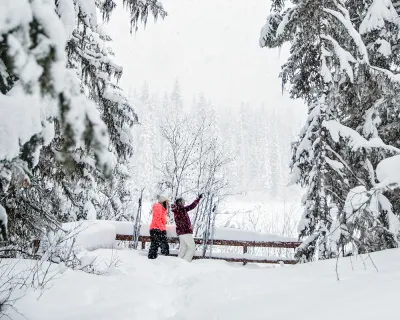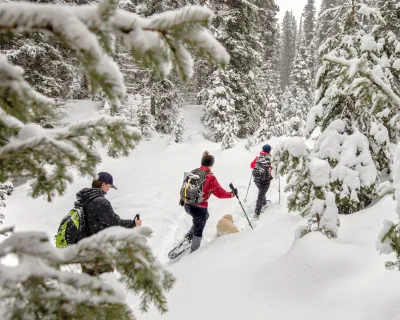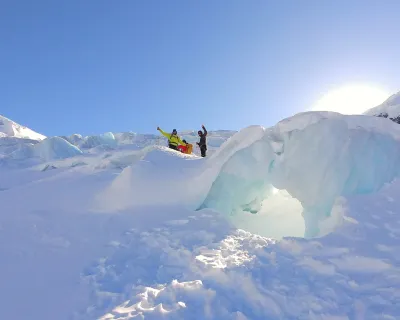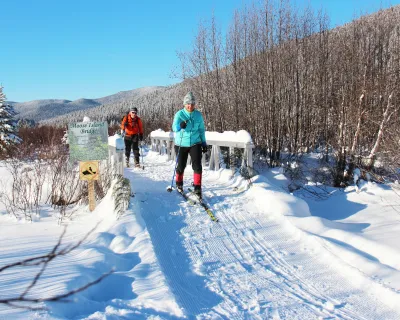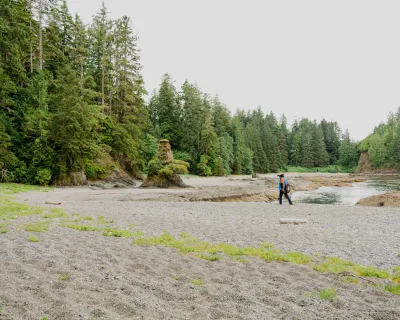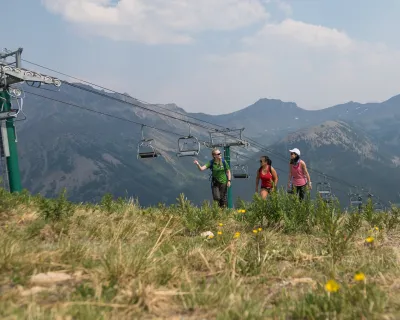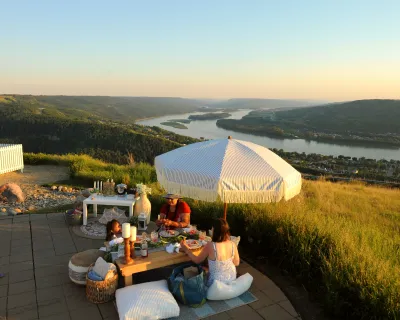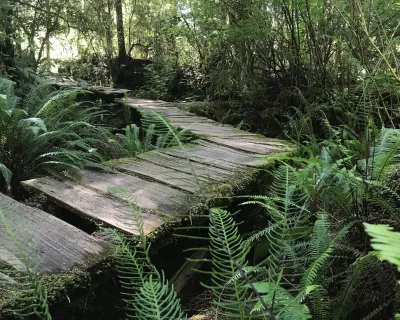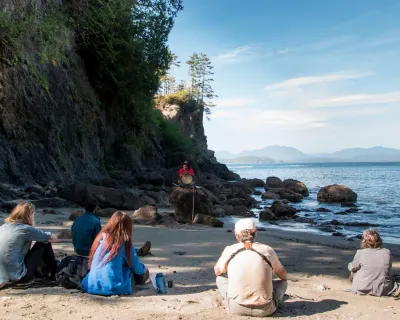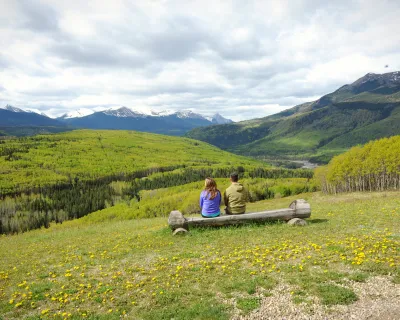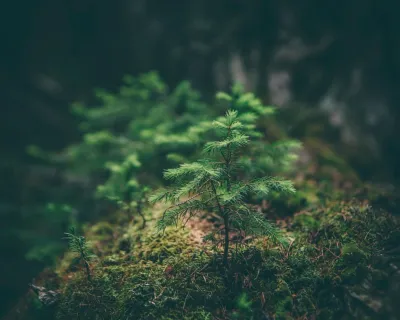What's a frazil pan: how "pancake ice" forms
On the coldest mornings of early winter, when the air crackles and the river exhales mist, something magical begins to happen beneath the surface. The water hasn't yet surrendered to solid ice, but change is in the air—and in the current. Conditions are ripe for frazil pan formation.
Tiny, glittering crystals begin to swirl and spin through the flow. This is frazil ice, the earliest, most ephemeral form of river ice, and from it, one of nature's most curious creations begins to take shape: the frazil pan, aka ice pancake aka ice lily pad.
Unlike the smooth, mirrorlike ice that forms on still lakes (commonly referred to as wild ice), frazil ice is born in motion. It forms when supercooled water, liquid that has dipped below its freezing point but hasn’t yet turned solid, is constantly churned by turbulence.
In these restless conditions, microscopic discs and needles of ice start to grow around specks of sediment or air bubbles. Swept up in the current, the crystals bump, collide, and clump together, slowly rising toward the surface in a slushy, ever-thickening mixture.
WATCH this video demonstrating the slushy effect:
As the crystals stick and spin, they begin to form small, circular mats that float downstream. These are the frazil pans.
Each one is a miniature world of motion. Its rim curled upward from endless collisions, its center glinting under the low winter sun. On calm stretches of river, dozens, or even hundreds, of these floating disks can collect, jostling like frosty lily pads.
To watch them is to glimpse the very moment when water begins its transformation into winter.
This Weather Network video shows the process, as it happens.
The science is delicate and fleeting. For frazil ice to form, the river must be just the right mix of cold and chaotic, with air temperatures below freezing, water near its supercooling point, and plenty of turbulence to keep it moving.
Too calm, and sheet ice forms instead. Too warm, and the frazil crystals melt away.
But when conditions align, the process is mesmerizing, a dance of physics and flow that lays the groundwork for the season ahead.
find YOUR zen
Sign up for ZenSeekers enews for local culture & outdoor adventure across Western Canada.
Frazil pans are common in any large river that experiences rapid, turbulent flow during cold snaps. These areas are prone to the formation of frazil ice crystals that coalesce into pans.
Think of rivers such as the North Saskatchewan, the Peace, or even the Kananaskis, all of which have experienced the frazil pan phenomena in the past.
Eventually, as temperatures drop and the river slows, those frazil pans begin to merge and freeze together, stitching a quilt-like ice cover across the surface.
What began as countless invisible crystals becomes a solid, frozen ribbon winding through the landscape. A reminder that even the harshest winters begin with something small, delicate, and wonderfully alive in motion.
More winter wonders
Find more winter zen with ZenSeekers.
